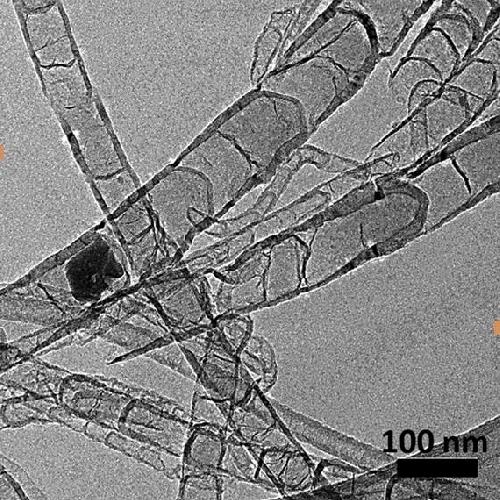Using solar or wind power to produce carbon-based fuels is a self-defeating approach to making a greener world, but when governments decide to engage in advocacy rather than science, and throw money at problems, bad corporate habits are learned. Instead of funding more basic research to make green energy viable, the White House opted to engage China in a price war on solar panels, and $72 billion later we have the same issues.
Basic research would have put us farther long the path to a future where carbon dioxide is the green fuel, rather than being created in the process of creating the myth of solar power. If you could add some energy to it, you can convert CO2 into carbon compounds that are fuels, not a waste product. In chemical parlance, it's called reducing CO2 when you convert it to less-oxidized forms of carbon, all of which have actual fuel value. Some single-carbon molecules to aim for would include (in increasing energy content) carbon monoxide (CO), methanol, and methane.
Any of these could be stored for a cloudy or windless stretch of time, and in most situations a lot more readily than electricity. Methane is the primary component of natural gas, for which there is already plenty of existing infrastructure. Methanol, or wood alcohol, is a close relative of ethanol, or grain alcohol, and is routinely used as a liquid fuel. Carbon monoxide might seem unusual in this context, but it has chemical value as a fuel, both in and of itself and as a precursor to other fuels.

The trick, of course, is to be able to do the CO2 reduction economically. That means not just efficiently converting the electrical energy into chemical energy, but also making the device that does the job a cost-effective one.
Xiao-Dong Zhou, an associate professor of chemical engineering at the University of South Carolina, is part of a team that is working on both fronts. They have developed potentially inexpensive catalysts that efficiently convert CO2 to CO in an electrochemical cell.
As a starting point for making the catalysts, they used as a model carbon nanotubes, which are made purely of carbon atoms. But in making their catalysts for CO2 reduction, they departed from the carbon-only motif by sprinkling in a few nitrogen atoms to create a different kind of geometric and electronic structure.
The resulting "nitrogen-doped carbon nanotubes" proved to be adept at reducing CO2 to CO, and the team reports that the catalysts are more stable than metal-based catalysts reported in the literature for the same reaction.
What's more, the researchers went even further, defining how the microstructure on the nitrogen-doped carbon nanotubes can affect the catalysis. When a nitrogen atom is substituted into a position where a carbon atom belongs in a carbon nanotube, it turns out that several distinct chemical bonding patterns can result. The team showed that one of them, termed the pyridinic structure, was the most effective as an electrocatalyst, and was competitive even with much more expensive precious metal catalysts that have been reported for CO2 reduction.
Zhou and his colleagues are pleased with their success so far, but the research team has their sights set even higher.
"We are working in conjunction with other institutions, and they are developing the other side, the water side, using photovoltaics to split water, and eventually we want to couple those two reactions together," Zhou says. "So one side will be water splitting, generating protons from the anode that travel through the electrolyte to reach the cathode side and then react with carbon dioxide and with incoming electrons to convert carbon dioxide to fuels. Carbon monoxide is one kind of fuel you can produce, and methane and methanol are other fuels that can be produced.
"There's still a long way to go, but it's a start."




Comments